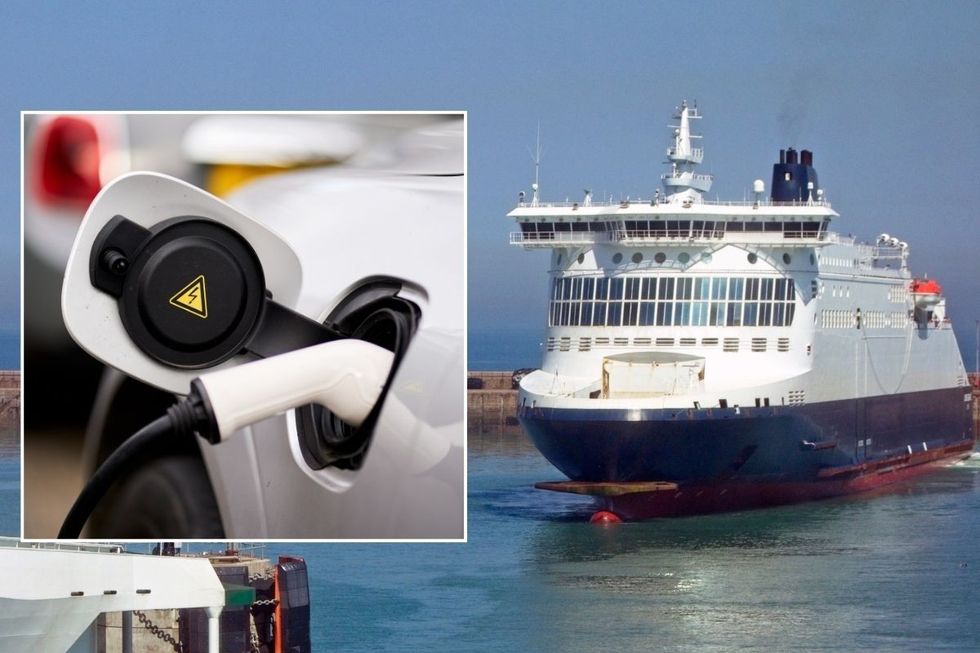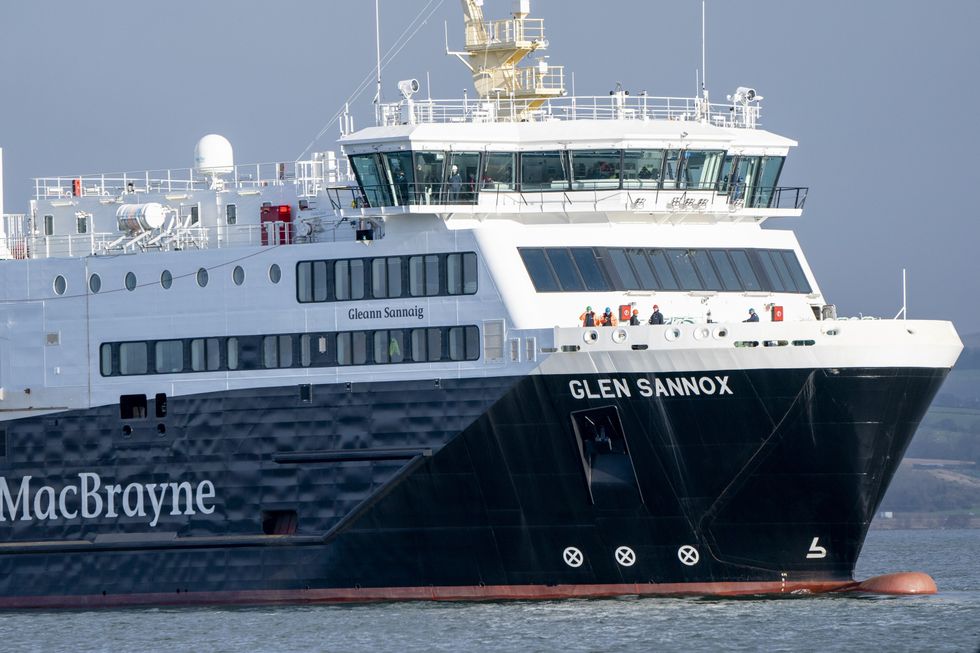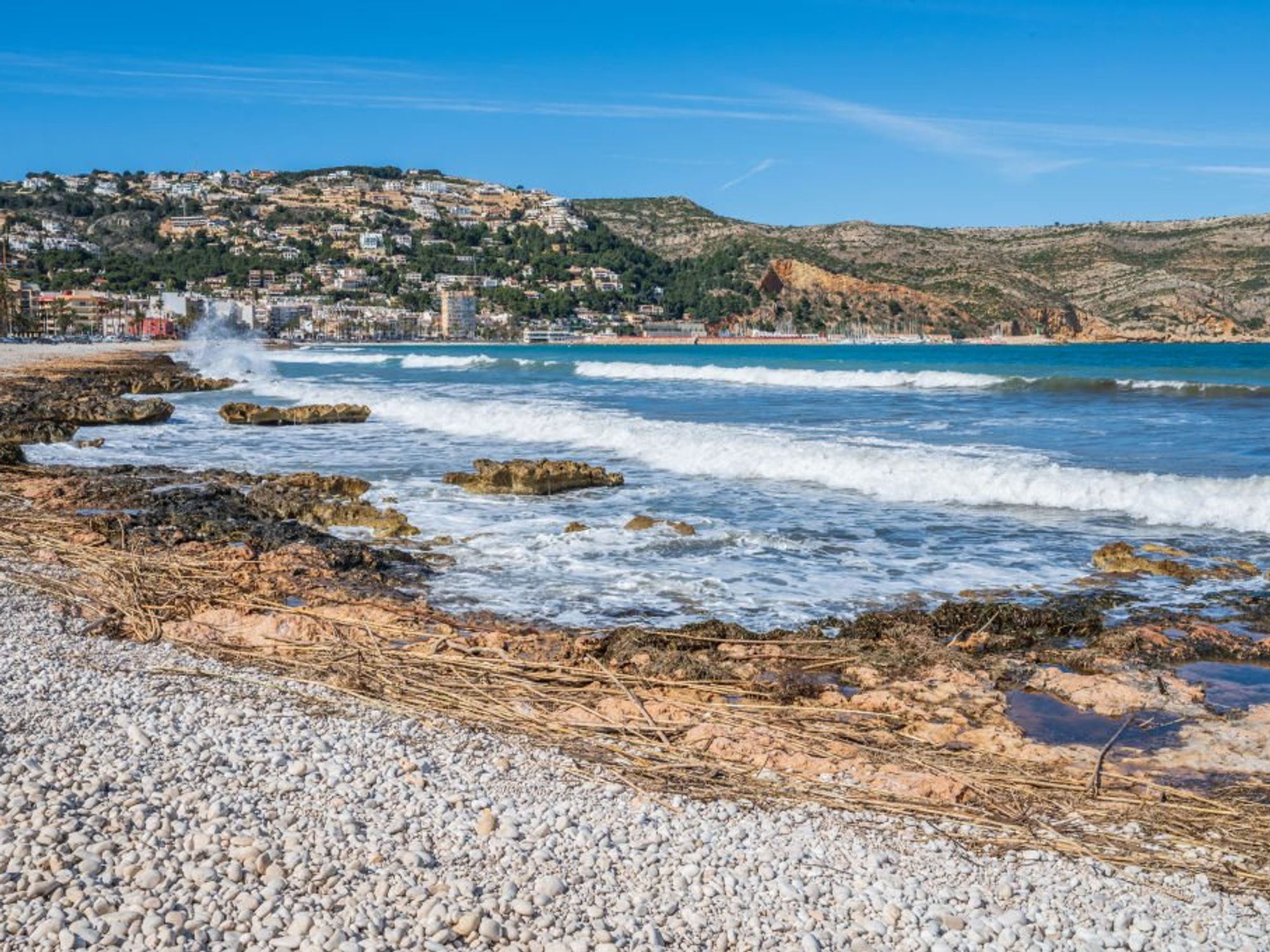Britons issued travel warning as ferry operators ban electric cars from charging over fire fears

A report from the European Maritime Safety Agency recommends a battery charge level of less than 30 per cent to lower the risk of thermal runaway
Don't Miss
Most Read
British drivers heading abroad on holiday could find themselves in a difficult situation as a growing number of ferry companies ban the use of electric vehicles on board.
With Britons looking to escape the cold temperatures and short hours of sunlight, motorists may look to head to the continent on holiday.
However, motorists with electric cars could find themselves stuck if they cannot take a ferry as companies take steps to ban EVs over fire safety fears.
In 2010, DFDS, a popular ferry operator around Europe, banned the use of electric vehicle chargers on board ferries following a fire on the MS Pearl of Scandinavia.
Do you have a story you'd like to share? Get in touch by emailing motoring@gbnews.uk

Some ferry operators around Europe have cracked down on electric vehicles charging onboard
|PA/GETTY
A spokesperson for the company said the decision was being made for "safety reasons". According to the Copenhagen Post, the fire was caused by a short circuit in an extension cable connected to a socket on the dock.
Stena Line, another popular ferry service, only has onboard EV charging facilities on the Kiel to Gothenburg route.
Drivers are also banned from charging electric vehicles onboard Caledonian MacBrayne (CalMac) ferries. This includes electric cars, hybrid vehicles, e-bikes, e-scooters, hoverboards and electric wheelchairs.
Last year, a directive from the Greek Ministry of the Merchant Navy outlined that electric vehicles on board ferries should not have more than 40 per cent charge before driving on a ferry.
This follows a study by the European Maritime Safety Agency (EMSA) which states that if an electric vehicle has a charge lower than 30 per cent, the rate of thermal runaway is dramatically reduced.
It adds: "In general, EVs should have displayed SoC values within the respective 20 per cent - 50 per cent charge range.
"Vehicles showing only a Full to Empty measurement gauge should have a level indicating within the 20 per cent - 50 per cent charge range.
"Vehicles which can be set into a 'transport mode', which run on a 'power down' modus throughout the logistics chain, must have sufficient battery power to safely operate the basic functions of the vehicle.
"All hybrids with [the] possibility to drive on the 'ICE' with the electric mode disengaged, should do so."
The "Guidance for AFVs carriage in ro-ro spaces" report states that a 20 per cent charge limitation is recommended to ensure minimum basic driving and operation of the vehicle.
This will also cover dwell time at the port, vessel load, discharge operations and enough charge to travel to an EV charging facility near the port.
A 2022 report from the Swedish Civil Contingencies Agency (MSB) shows that electric vehicles are 20 times less likely to result in fires.
The data reported that there have been just 23 EV fire incidents, representing just 0.004 per cent of Sweden’s total fleet of 611,000 electric cars.
In comparison, there have been 34,000 fires from the 4.4 million petrol and diesel cars – or 0.08 per cent.
LATEST DEVELOPMENTS:

Drivers are not able to charge EVs on Caledonia MacBrayne (CalMac) ferries
|PA
Wightlink, which operates ferries between Hampshire and the Isle of Wight, announced in 2023 that it would ban e-scooters, e-unicycles, e-skateboards and hoverboards.
A spokesperson for the company said: "The decision has been made on safety grounds because these items are not tested or regulated and there have been increasing numbers of reports of fires linked to their batteries.
"E-bikes, electric wheelchairs and mobility scooters are not affected by the ban as they are legally approved for use in the UK."










